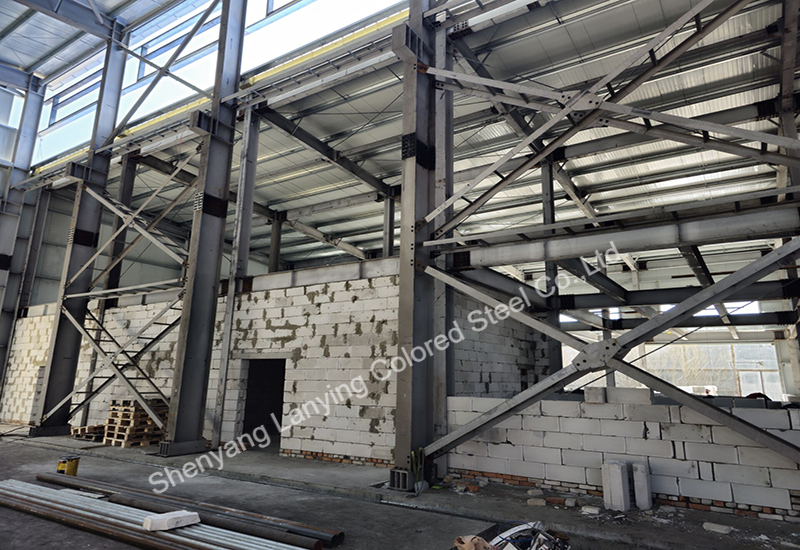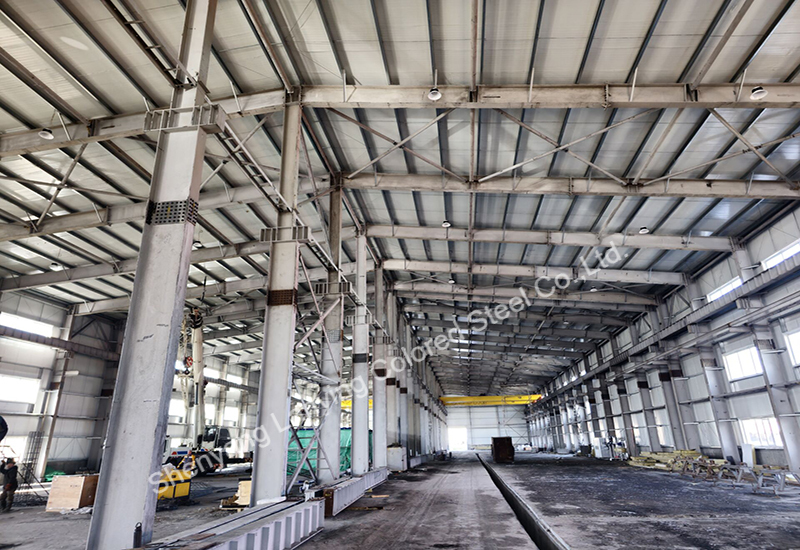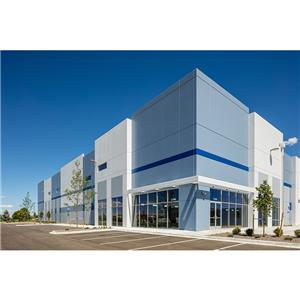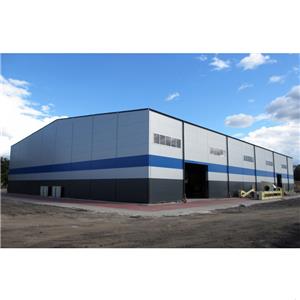Problems and Countermeasures in the Application of Fireproof Coatings for Steel Structures
With the vigorous development of the construction industry, the forms of building structures are changing with each passing day. Steel structures have received widespread attention due to their high strength, lightweight, good seismic resistance, rapid construction, low building foundation costs, small structural footprint, and a high degree of industrialization. Although steel structures are non-combustible, they are extremely prone to heat conduction. When their temperature reaches 540 ℃ or above, their mechanical properties rapidly decline, while when the temperature reaches 600 ℃, the strength of the steel is almost zero. The fire resistance limit of bare steel is usually only 15-30min. According to the requirements of relevant building fire protection design codes in China, the requirements for the fire resistance limit of building columns, beams, floors, and roof load-bearing components vary from 0.5 to 3.0 h.

There are various fire prevention measures for steel structures.
1、 Selection of Fireproof Coatings for Steel Structures
(1)Problems in the Selection of Fireproof Coatings for Steel Structures
The main problems in the selection of fire retardant coatings for steel structures are as follows: Firstly, ultra-thin fire retardant coatings for steel structures have become a hot spot for research and production units of fire retardant coatings for steel structures in China. Ultrathin fire retardant coatings for steel structures are generally solvent based systems. Compared to thick and thin coated fire retardant coatings for steel structures, ultra-thin fire retardant coatings for steel structures have better decorative properties, thinner coatings, and significantly reduced the amount of use in engineering, As a result, the total cost of the project is reduced, and it is currently a widely promoted variety in the market. However, in the fire protection engineering of steel structures, there has been a phenomenon of one-sided pursuit of thinner and thinner coatings, and one-sided promotion of ultra-thin coatings, which is extremely detrimental to providing practical and reliable safety assurance for buildings. Due to the fact that the ultra-thin steel structure fireproof coating mainly relies on the physical and chemical reactions of the organic components in the formulation, any factors that affect the carbonization and expansion properties of the coating will affect its final fireproof performance, making it difficult to ensure that it can provide more than 2.0 hours of fireproof protection for the components after a long time of coating.
The second reason is that designers often simply indicate the protection measures for steel structure fire retardant coatings, and cannot specify in detail which type of steel structure fire retardant coatings to use. During construction, they simply consider issues such as price and aesthetics, resulting in improper selection of fire retardant coatings. The third is that the requirements of the environment and use nature of buildings are often ignored when selecting types. When outdoor steel structures are exposed to sunlight and rain, or when transparent panels are used for the upper part of the top steel structure of high-rise buildings, due to harsh environmental conditions, outdoor steel structure fireproof coatings should be selected. The fourth is to use coatings whose technical performance only meets indoor requirements for outdoor use.

(2) Correct Selection of Fireproof Coatings for Steel Structures
1. It is not suitable to use intumescent fire-retardant coatings outdoors.
Expansive fire retardant coatings were initially used for wooden structures. Due to poor outdoor weather resistance, easy aging, peeling, and reliability issues of expansion in humid and corrosive environments, as well as the decomposition of resin during high-temperature flame baking and foaming process, generating thick smoke and toxic gases, it is not suitable to use inflatable fire retardant coatings in tunnels, outdoor areas, and buildings where people often stay without special measures. Projects in industries such as nuclear energy, electric power, petrochemical, and chemical engineering should mainly use thick fireproof coatings.
2. Carefully select thin-coated fireproof coatings for steel structures, and strictly control the selection of ultra-thin fireproof coatings for steel structures.
Strictly control the use of all steel structure buildings, especially steel columns, steel beams, steel floors, and steel evacuation stairs in large-scale public and civil buildings. For main building components such as steel columns, steel floors, and steel evacuation stairs, priority should be given to using fireproof protection materials such as steel mesh concrete. If there are indeed difficulties, thick steel structure fireproof coatings can be used for protection. Thin steel structure fireproof coatings should be carefully selected, and the selection of ultra-thin steel structure fireproof coatings should be strictly controlled. Thin and ultra-thin fire retardant coatings for steel structures in high-rise buildings and multistory steel structure factories are not suitable.
3. Select fire retardant coatings according to the building location and fire resistance limit requirements
For hidden steel structures in buildings, there is no high requirement for the appearance quality of the coating, and thick steel structure fireproof coating should be used as much as possible. For exposed steel grids, steel roof trusses, and roof load-bearing structures, when the fire resistance limit specified in the specification is less than 1.5h, thin or ultra-thin fire retardant coatings for steel structures can be selected. When the fire resistance limit exceeds 2.0h, thick fire retardant coatings for steel structures should be selected.




